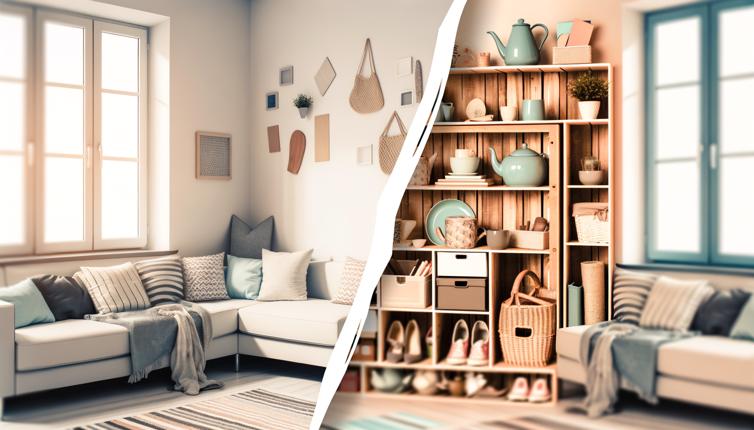Evaluate Your Current Needs
The first step in downsizing your home is to evaluate your current needs. Take some time to think about how much space you actually use in your current home and what features are essential to your lifestyle.,Consider your future plans and whether downsizing is a realistic option for you. Are you looking to simplify your life, save money, or reduce maintenance? Understanding your motivations will help you make informed decisions during the downsizing process.
Prioritize Your Belongings
When downsizing, it's important to prioritize your belongings and determine what you truly need and love. Start by making a list of items that are essential and cannot be replaced.,Then, go through each room and identify items that you no longer need or use. Consider donating, selling, or giving away these items to reduce clutter and make the moving process easier.
Maximize Storage Space
In a smaller home, storage space is often limited. To make the most of the space you have, consider investing in storage solutions such as bins, shelves, and under-bed storage.,Use vertical space to your advantage by installing wall-mounted shelves or hanging organizers. It's also a good idea to utilize multi-purpose furniture that provides additional storage, such as ottomans or bed frames with built-in drawers.
Conclusion
Downsizing your home can be a challenging process, but with careful planning and organization, it can also be a positive and rewarding experience. By evaluating your needs, prioritizing your belongings, and maximizing storage space, you can successfully transition to a smaller home and enjoy the benefits that come with it.









